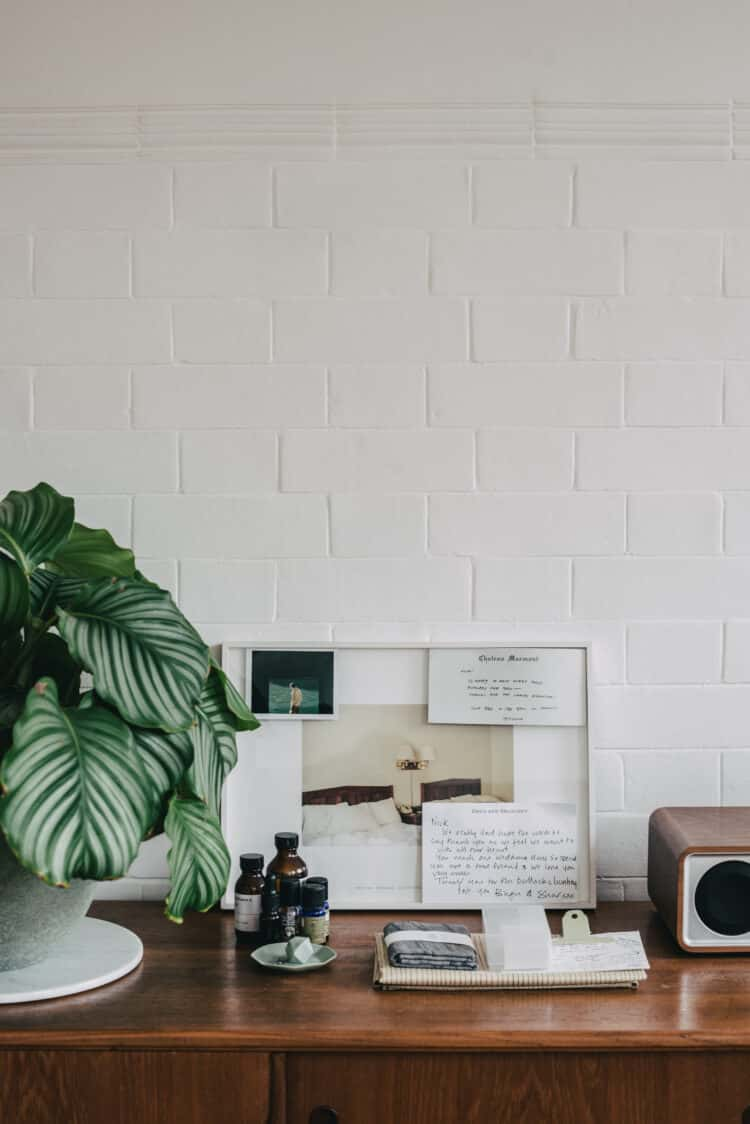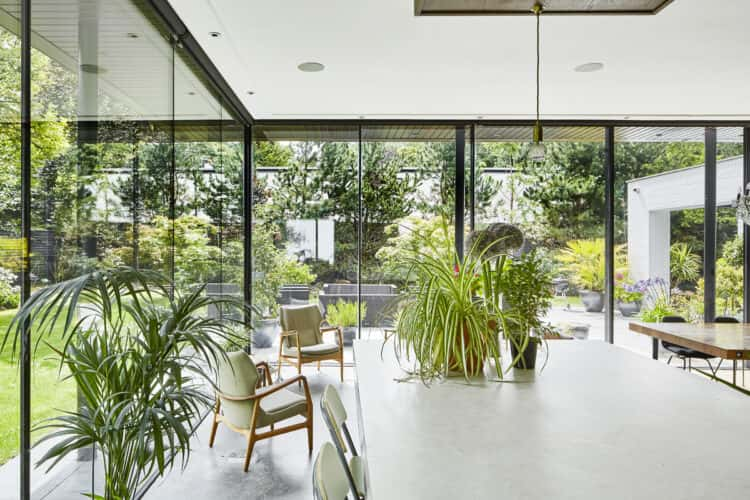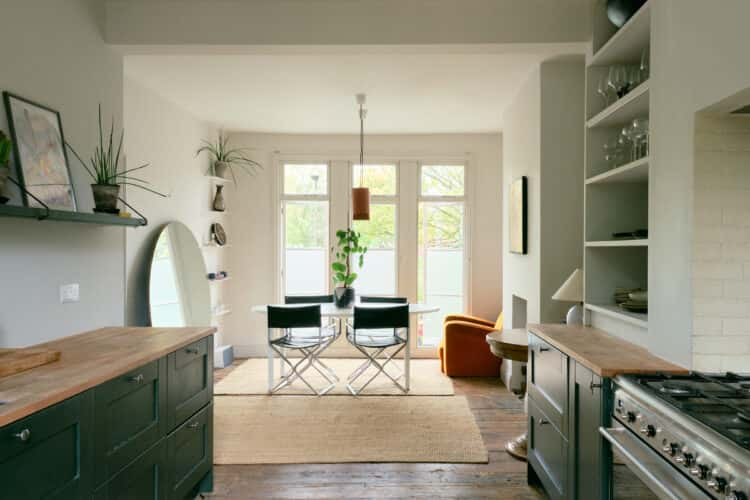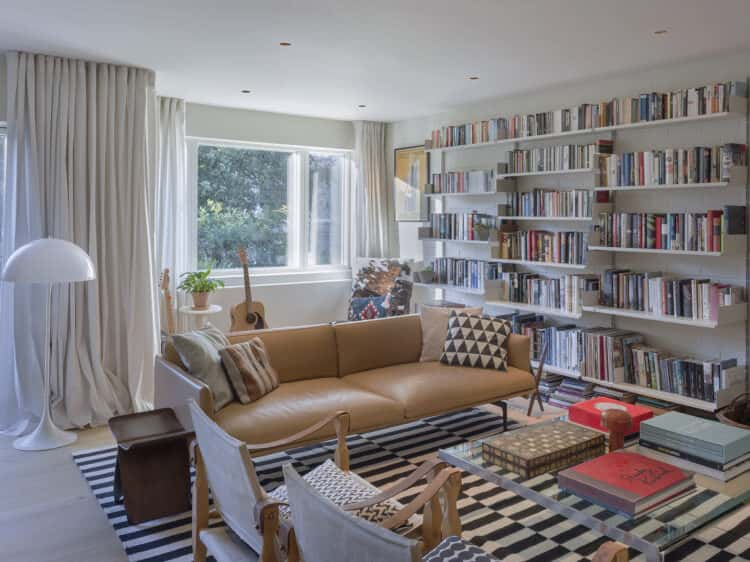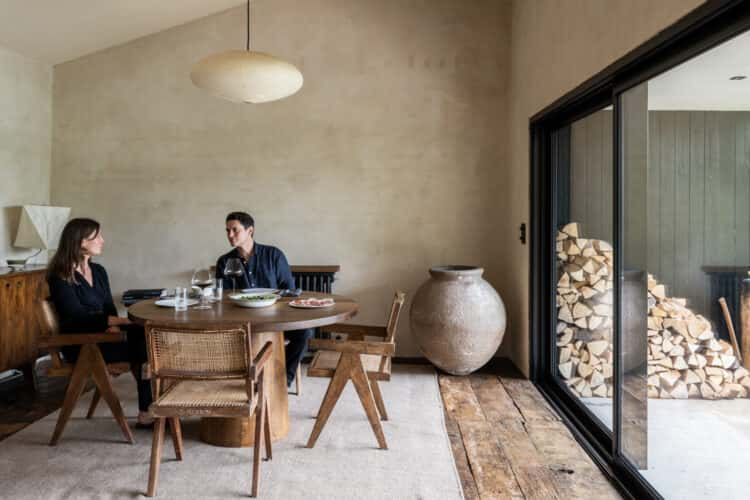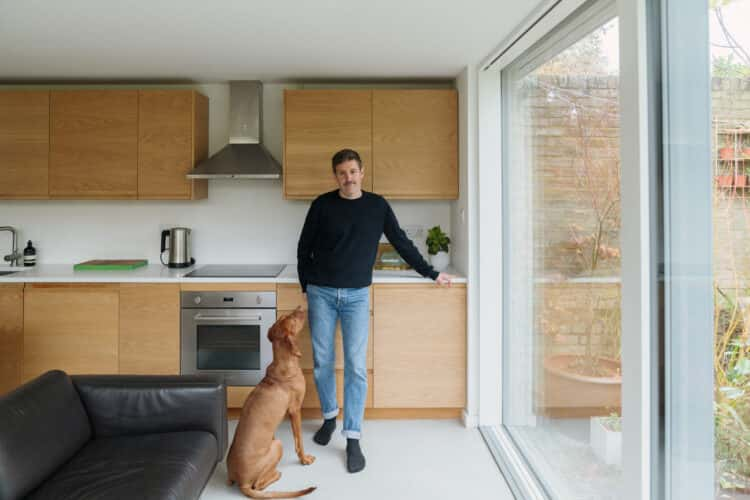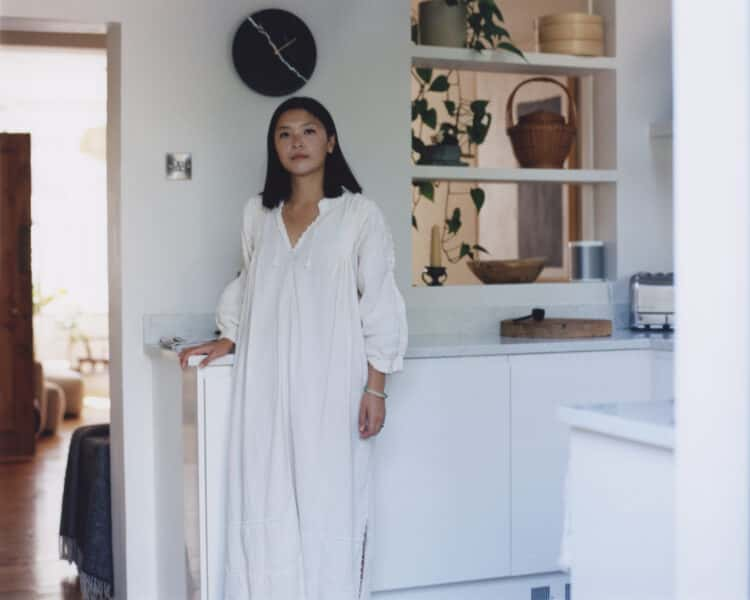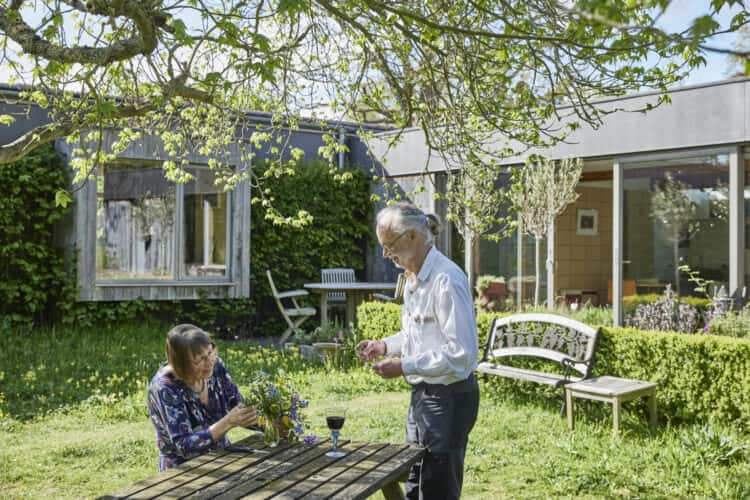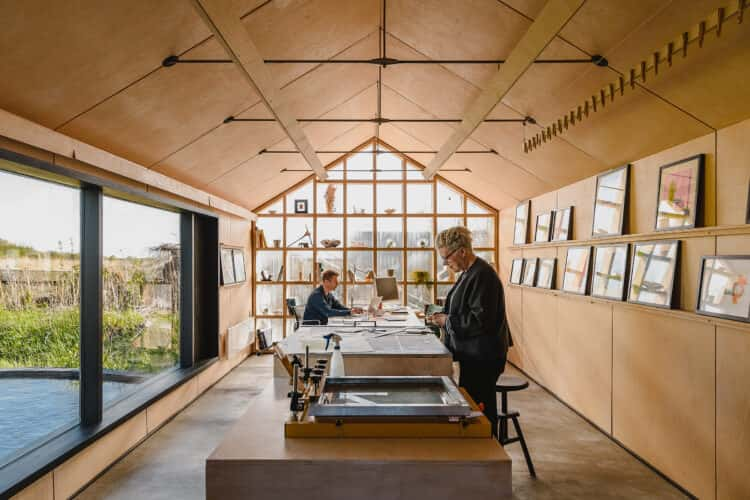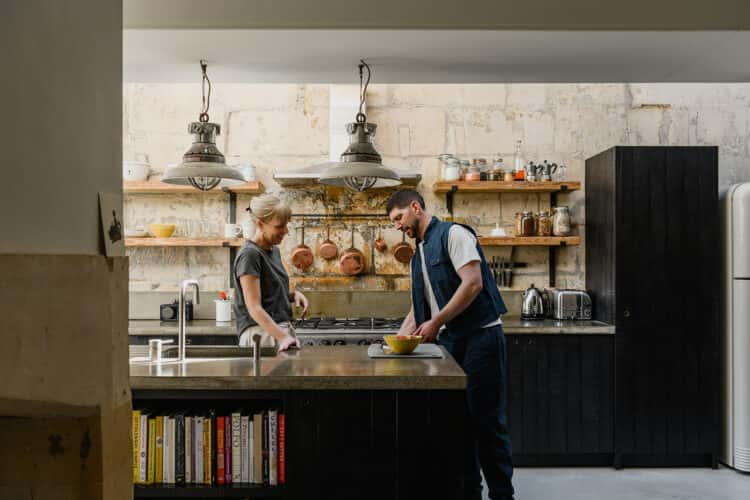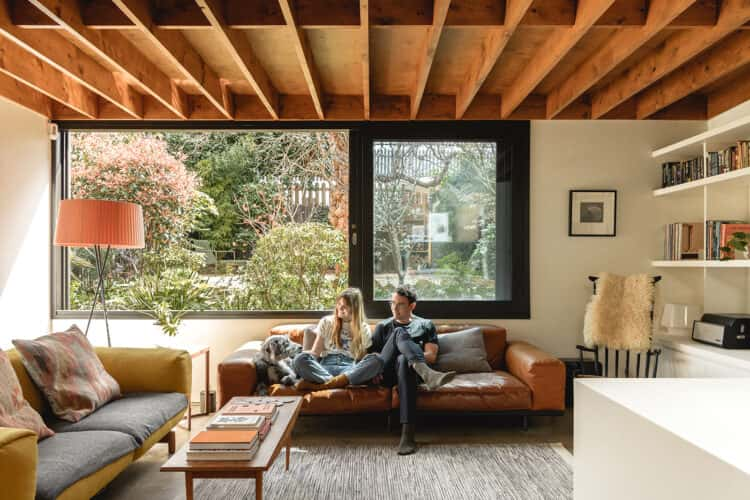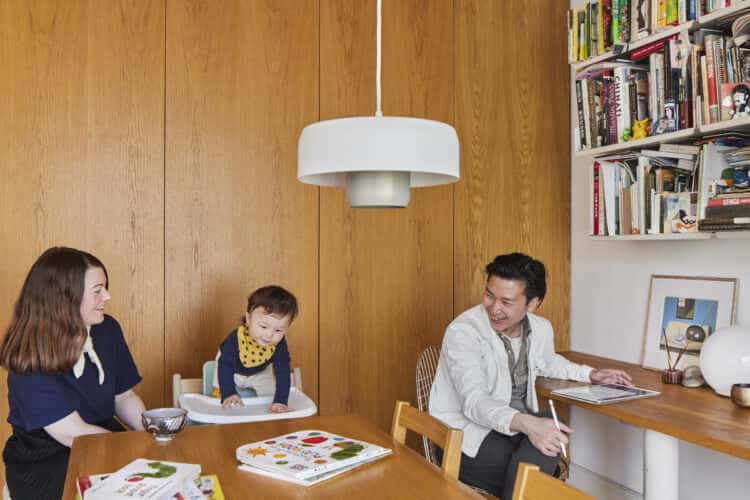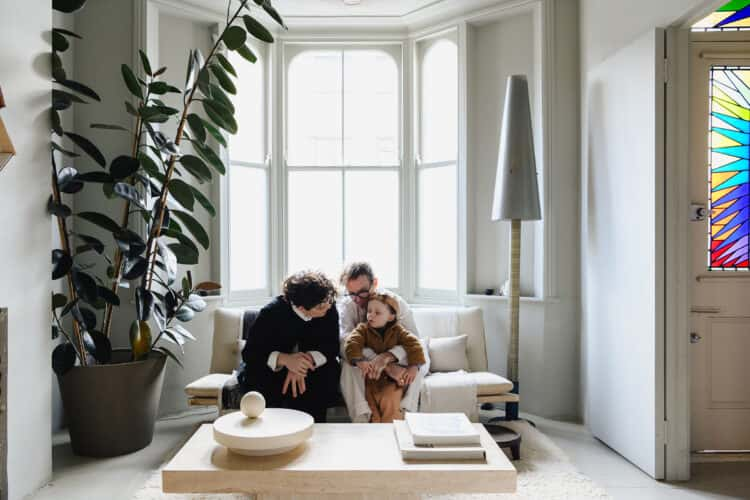My Modern House: Studio Nicholson founder Nick Wakeman’s peaceful east London home
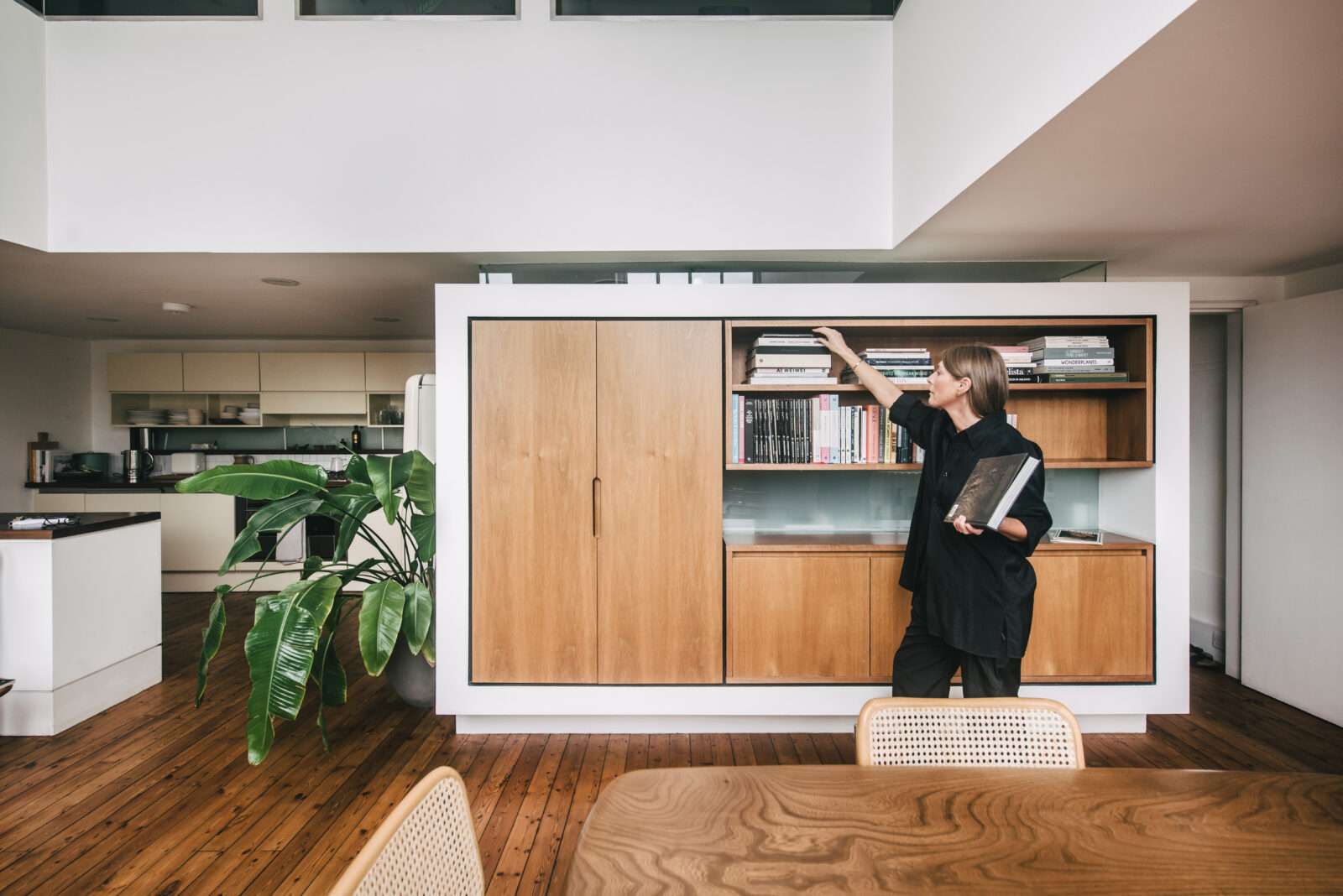
Nick Wakeman: “Fashion, interiors and architecture: I think they’re all the ultimate form of protection from the outside world. But they’re also about expression and identity – a world within a world that you get to be the author of. When we get dressed we assume an identity, or at least I do. Men, especially, get dressed with an idea in their head of who they are, whether that’s based on a film character, maybe, or a nostalgic version of themselves. I’m exactly the same, maybe because I’ve always worn menswear – men’s shirts, jackets and Levi’s are my staples.
“That’s actually how Studio Nicholson started, 10 years ago. I had taken some time out after selling the brand I launched in Japan and looked at my wardrobe for the next idea. It was all there in front of me: menswear that I had altered to fit, but that was still boxy and unstructured.
“The other major influence was going to Tokyo for the first time 20 years ago, which had such a formative influence on my aesthetics and design approach. I went from a really grimy 1990s London to an impeccably ordered city, where everything looked like the 1960s or 1970s. It was all beige and brown, really tonal, and that kind of blew my mind. Nothing was shouty like it was in London, and I don’t like shouty, never have. Everyone in Tokyo was wearing minimal streetwear with no logos, lots of layers and awesome fabrics. It was such a contrast and those trips to Japan informed my whole practice.
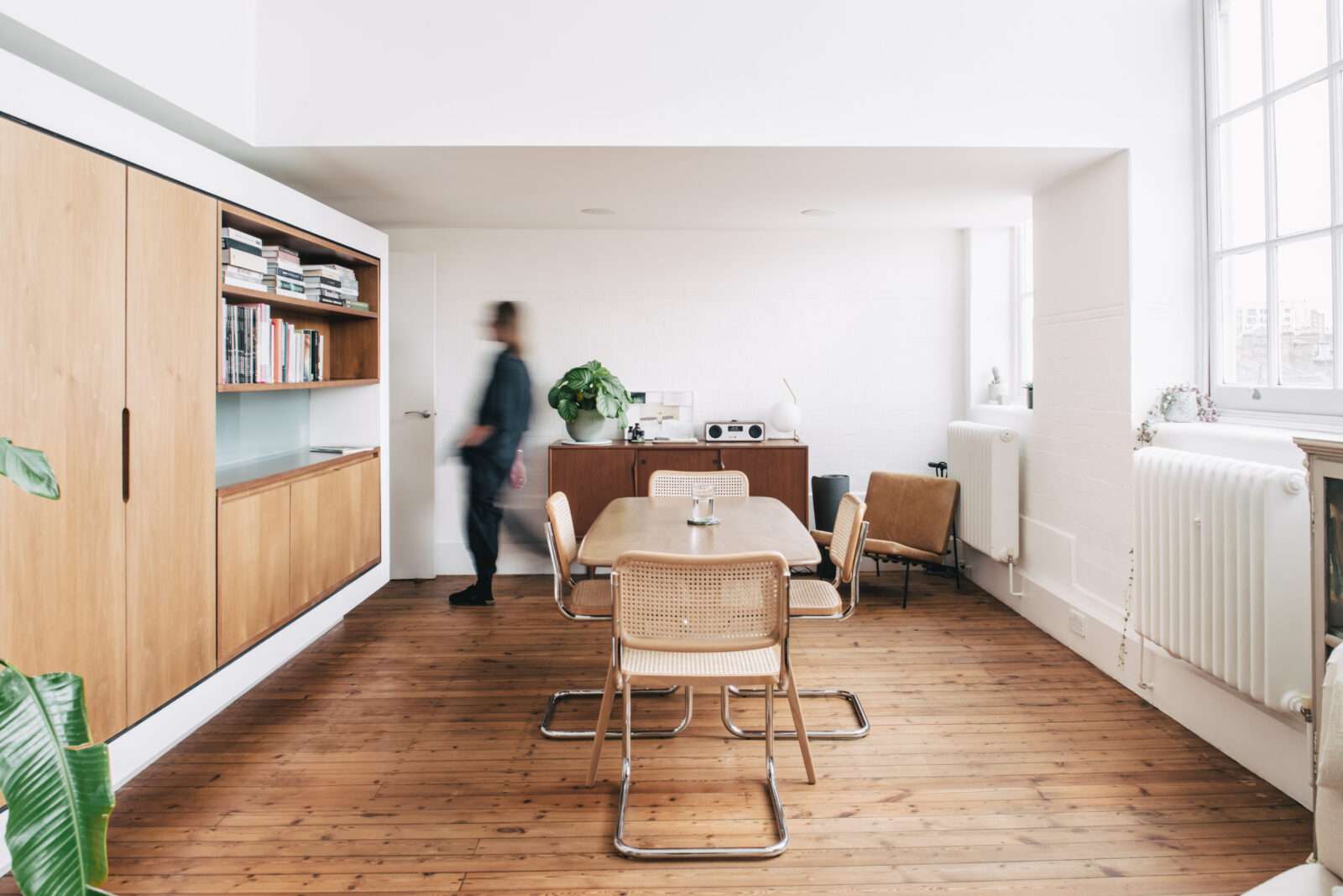
“Now, of course, a lot of people do what we do. Anyone can start an Instagram account and make a look, I think, but you can’t magic authenticity overnight. Culture isn’t bought, it’s experiential, something collected and understood over time. The same goes with interiors: your home shouldn’t be designed for Instagram. A good home is one that provides what you need emotionally and supports you. For me, space comes over anything else. I think interiors are like building clothes: just use really great materials and leave it at that. It’s not the stuff you add that makes a pair of trousers comfortable, or a home a good place to live.
“It’s not that I find buying things for my home stressful, I just don’t do it. And the things I do have can’t stand out. I want everything to blend in and be in the background. Plants, I like, but flowers, I think, are gross. I hate them. We did a launch for a new collection that’s made in Japan recently and the people at the venue said, ‘Oh we have some leftover flowers from an event, we’ll keep them here for you.’ I was like, ‘No! Out, now!’ I just find them really distracting and quite hectic; there’s so much going on.
“My home is a place of absolute refuge and a total contrast from work. I never bring anything from the studio here, not even my laptop. It has to be peaceful and calm because although I’m good at keeping the hours down – everyone in the studio comes in at 9.30am and we leave by 6pm – work is so full-on when I’m there. As a business owner, I think it’s really important to be able to shut the door to this place so I can be me, which is not as glamorous as work Nick. A colleague said to me recently that one day she wants to roll ‘home’ me into the studio on my sofa and show everyone the real Nick: she’s not that cool, she doesn’t wear sportswear all the time and she mainly just likes to lie around.
“I don’t have people over, it’s terribly unsociable. I did a lot of that when I lived in a converted school on Golborne Road – for 17 years my place was where everyone came back to. Now, I’m not interested, and I don’t want people’s dirty shoes and coffee marks on stuff… no thanks!
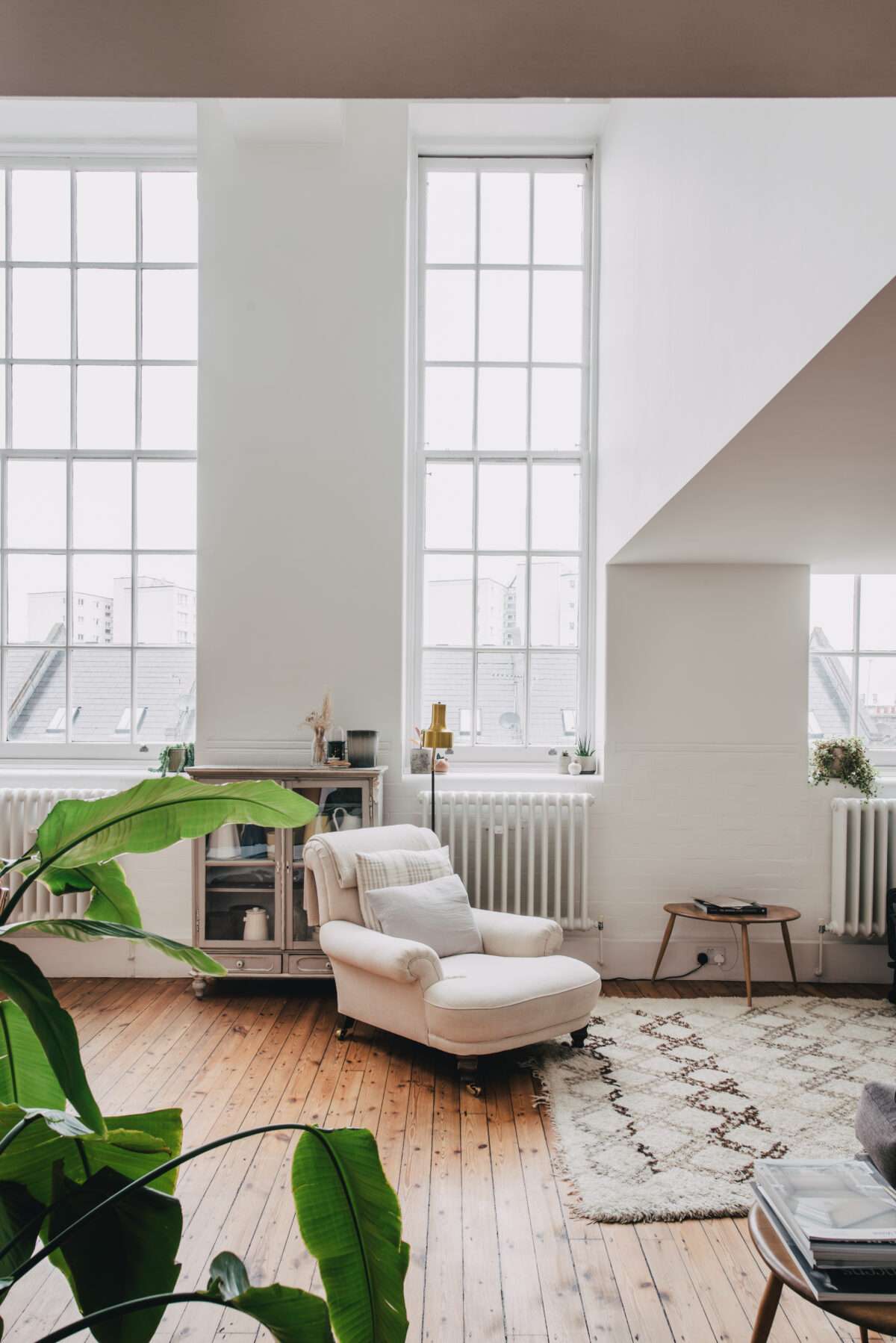
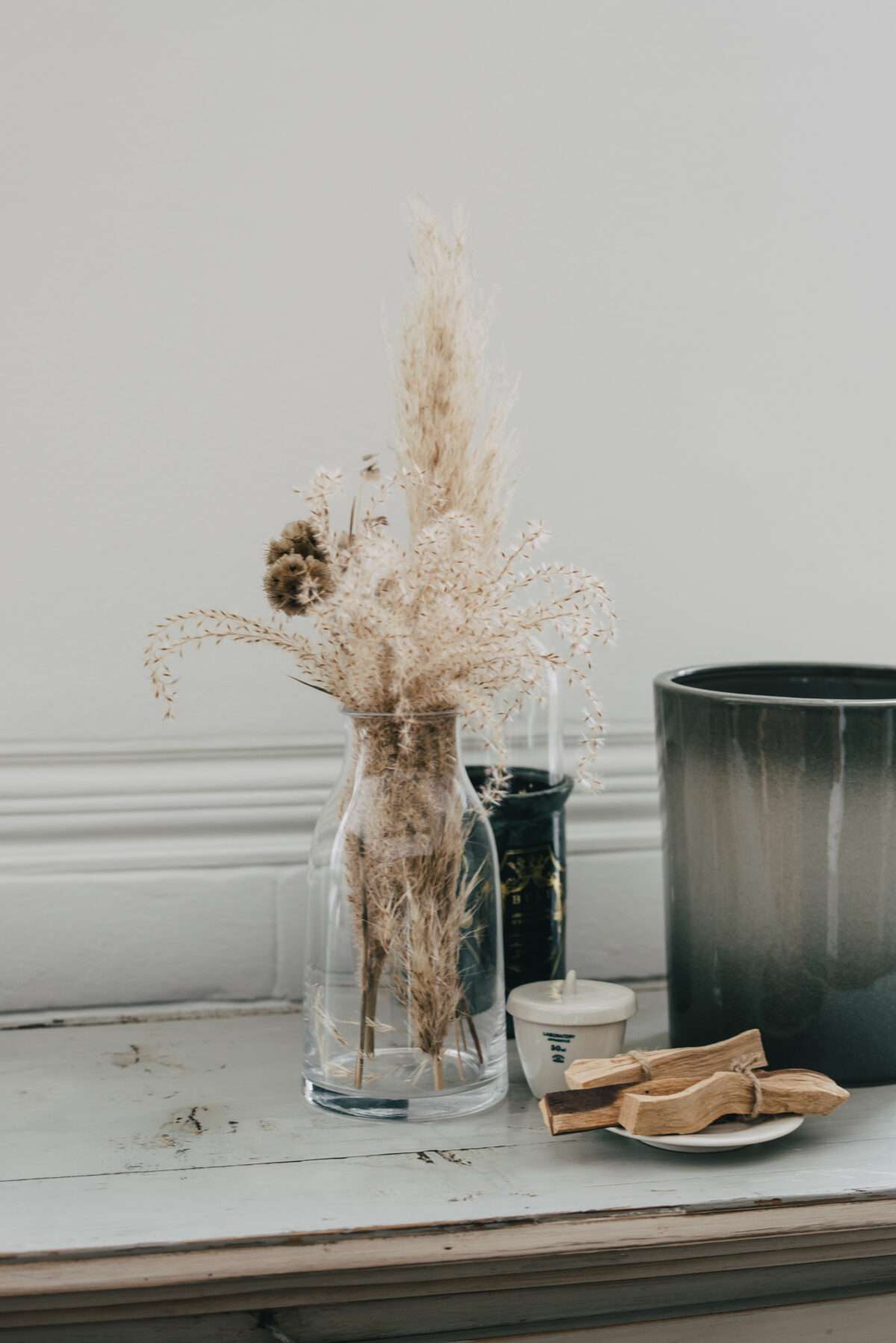
“For years I lived in west London, first in the school and then in Queen’s Park in a small Victorian house. I realised I don’t like rooms. This space, where everything is open, is who I am, how I want to live. Coming east reminds me of west London 20-odd years ago, when there was an authentic creative scene over there. It was hard to say goodbye, because all my friends were there, and I had to build new friendships here. It’s crazy that it’s only a different part of London, that’s what, six miles away? But it feels so far away.
“I love east now. I feel like one of the oldest people here, though. I still drive a four-by-four and wear make-up, so I’m not sure if I exactly fit in. I’ve felt a whole new lease of life, and I feel energised just walking around. It’s all about street culture for me, that’s where I draw my inspiration. I need to see the guy crossing Hackney Road in bondage trousers and a wig… maybe I’ll end up in Peckham.
“I just love looking at people – I’m a terrible voyeur. If I’m in New York for example, I add on a few days so I can just sit around and see what’s going on, because it’s all about how people translate fashion to the street. Seeing people, especially women, who have their own style, is always amazing to me. And the other thing I love seeing is young people and how they experiment.
“I have to have it, and I do love London for that. Yeah, you see it in other cities, but here it’s so layered culturally and, most importantly, there’s a sense of humour to it all, which you don’t get anywhere else. In Tokyo there isn’t a sense of humour to how people dress, but we’re known for that. We send crazy shit down the catwalk.
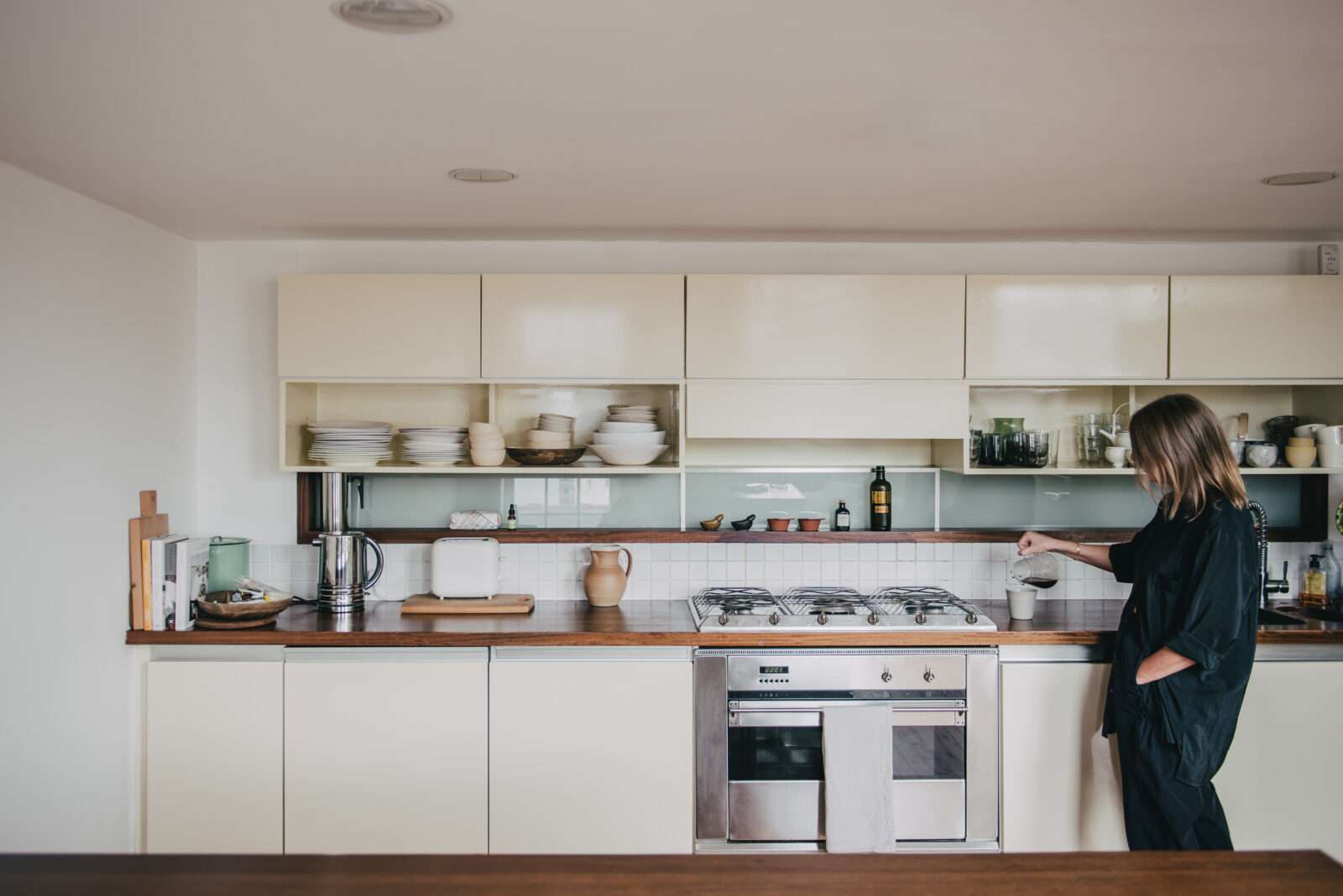
“The idea of a house outside London is really appealing, I just don’t know where yet. But I’m gearing up to it. The thing is, I’m just not a mad fan of the British countryside – I find it quite dreary. The thought of dragging a load of friends out to the countryside and having to go to an Esso garage for some milk or make Yorkshire puddings on a Sunday sounds utterly exhausting. It’s just not chic enough.
“I love the sun and if I could buy anywhere it would be on the island of Patmos in Greece, where I go every summer. It’s just so far away, and I don’t have the lifestyle to spend enough time there yet.
“Obviously, I spend hours on The Modern House website, fantasising about 1960s houses, so if I was going to buy here it would be something like that. Or I’d love to find the time to design a space, which I think would be similar to how I design clothes. For me, modernity is about pushing boundaries and being forward-thinking, experimenting. If I’m thinking in the context of work and clothes, it’s also definitely about the surprise element, doing something new or different. It’s about putting a pocket on the ankle or on the under part of the knee. That’s not particularly functional or useful, but it’s pretty surprising. And it makes you think about, well, what would you keep down there?
“And I think it’s the same with houses and architecture. If I were to do a renovation project or build something, I would really think about how you create something that’s really new and modern. But I don’t mean gimmicky. The Japanese are very good at designing spaces for living that are more functional and modular. Maybe that works well for contemporary life. And maybe the traditional house that we tend to think about from our side of the world is not that functional or modern. Why are the stairs right in front of the door, for example?
“The magic for a designer is when you really change something, but it still feels familiar, or not too unfamiliar – that’s where the surprise element is so important. I guess that’s what modernity is about for me.”
